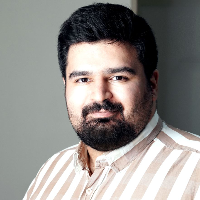Characteristics of the healing landscape in terms of its benefit for children
Treatment of children with autism is limited to hospital and treatment spaces, and urban spaces, especially green spaces, do not play a suitable role in their presence in the social setting. In terms of green spaces, landscape healing is debatable and significant, and in terms of therapy, it can be beneficial to the treatment and health of autistic children. This research besides presenting a descriptive description of the characteristics of autistic children in dealing with the environment, and considering the effective factors regarding children's presence in the urban landscape, proposes strategies for designing healing parks through this perspective. This research is done with an applied purpose, based on descriptive-analytical logic and with a qualitative method and classifying interviews with physicians, psychologists, and mothers of children with autism, benefiting from theoretical studies on the environment and disease type. The healing landscape, considering the benefit of a multi-sensory and prone space in the community presence in the open space, can suitably impact the treatment of children, if it benefits from a controllable space and observes physical components in reducing harm to children from the environment.
- حق عضویت دریافتی صرف حمایت از نشریات عضو و نگهداری، تکمیل و توسعه مگیران میشود.
- پرداخت حق اشتراک و دانلود مقالات اجازه بازنشر آن در سایر رسانههای چاپی و دیجیتال را به کاربر نمیدهد.



